Well, there is no denying that the start of the school year for 2020 has been somewhat different from previous years! Who would have thought that the term ‘social distancing’ would be included in the vocabulary of your students this year?
Teachers are having to completely change the way they run things in the classroom to ensure social distancing guidelines are being adhered to! One major classroom routine that we all know massively supports the learning of our students is math and literacy learning centers, or station rotations. Whatever you like to call it – rotating through activities that have been carefully selected to support each small group, may seem completely undoable in the current circumstances. This blog highlights some teacher hints and tips for how to run learning centers with social distancing in mind.
![]()
Shutterstock.com / Alex and Maria photo
Tips for Running Learning Centers with Social Distancing in Mind
Apart from the benefits of working in a small group and a teacher’s ability to work with smaller groups of students for a more targeted teaching style, learning centers make it easier for teachers to differentiate their teaching in the classroom environment. While this may look slightly different in the class of 2020-21, the main objectives can still be achieved with a few slight adjustments.
Individual Student Math Manipulative Boxes
To prevent movement in the classroom and the handling of math manipulatives (like counters, calculators, and anything else your students may need during learning centers), organize individual student boxes that can be kept at their desks!
We used some take-out containers for ours and placed the student’s name on the box to limit any confusion.

Storage Baskets Under Student Desks
Another way to limit student movement in the classroom is to place a basket under each of your students’ chairs. Then, at the beginning of each school day, you can put whatever they may need for the small group work in their basket, such as worksheets, bingo cards, and manipulates. This allows you to modify what activities or worksheets each student receives.
These baskets would work well, and we found them at the Amazon.com.
Online Learning Centers are Possible
If you are doing a hybrid style classroom, then learning centers online is completely possible. Utilize Google Slides to set up the activities and tasks for each of the stations. We have a huge range of Google Slide templates for virtual learning available.
Here are some examples of Google Slide templates that may work for literacy rotations:
[resource:78266][resource:3900018][resource:46006][resource:50575]
If you are using Google Classroom or Zoom, organize some break out rooms and let the small groups know when you will be joining them for the teacher-led section of the rotation.
Think outside the box; if your students have devices at school for face-to-face teaching, you may even be able to set up the small group work virtually with headphones (even if they are in the same room). Bizarre, I know – but it’s certainly a bizarre time!

Shutterstock.com / Travelpixs
Create a Paper Toolkit for Students
If you don’t have enough supplies to go around to set up an individual math materials box, why not create a paper math toolkit for your students?
This is a great way to minimize movement in the classroom, plus this paper-based toolkit doesn’t take up much room so it can be stored in your students’ desks or their individual storage baskets under their chairs. This idea is also super easy to include in your online classroom for those that may be attending virtually.
We have created the perfect solution to math mainupulatives with our Math Toolkit Resource Pack.
Our Math toolkit includes:
- Base-10 Blocks – Pictorial Model Cards
- Colored Bear Counters
- Coin Sheets (US Currency)
- Clock Template
- Fraction Strips
- Tangram Pieces
- Black and White – Numbers 1 to 120 Chart
- Number Line 0–30
- Multiplication Chart – Desk-Size
- Ten Frame Mats (Single and Double)
- 0-9 Digit Cards
Our collection of printable letter tiles would also be an extremely helpful tool for students to have readily available at their desks to use during reading groups. These letter tiles could be used in a variety of ways and are also helpful to send home to students who may be doing remote learning. Building words and working with sounds are just some of the many ways to use these letter tiles during rotations in the classroom.
Keep Some Things the Same
Try to keep things that you would typically do (that don’t impact the social distancing guidelines) as normal as possible. If you usually give team points as a reward to encourage positive behavior, you can still do this. Even though they may be doing a lot more of the work individually, they can still earn points for their groups! This is the case in both face-to-face teaching and virtual classrooms.

Shutterstock.com / Halfpoint
Use Visual Cues!
Now more than ever, having a visual way to show students what activity they will be doing at what time is essential. That’s where our Weekly Group Rotations – Interactive PowerPoint is the perfect resource. It is editable, so it’s effortless to change the activities and even add extra notes for each of your groups.
Display this on the classroom whiteboard or send it to students working remotely too!
Brain Breaks are Even More Important
Because there will be no moving around the classroom between activities, factoring in brain breaks is essential! We have a collection of brain break resources that you can check out.
We also have some fantastic interactive brain break PowerPoints which would be fantastic to have up your sleeve when your students need a bit of a reset (both in the classroom as well as virtually):
[resource:4475127][resource:4473597][resource:4476895][resource:4475317]
Dry Erase Pockets for the Win!
You may like to have one of these pockets available in your student’s toolkit baskets! This will make centers really easy plus saves paper! Your students are able to use it for anything and is super easy to disinfect if you need to!
We found these at Amazon.com!







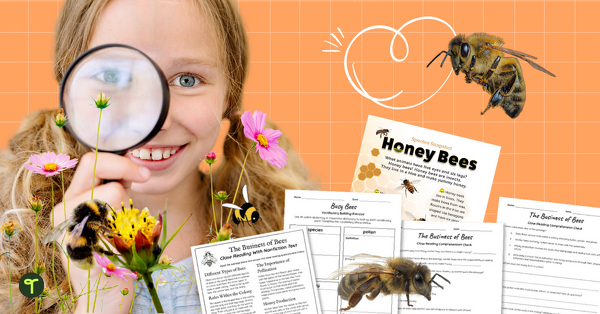
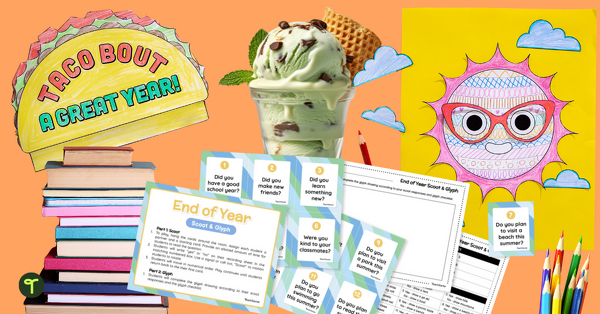
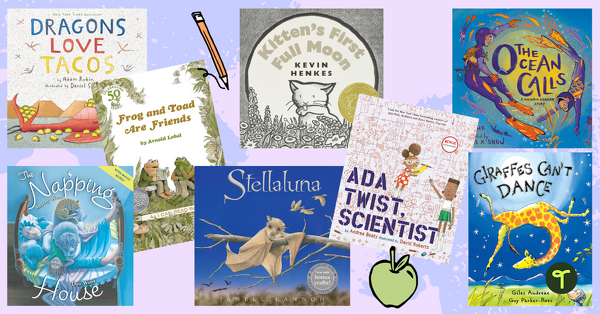

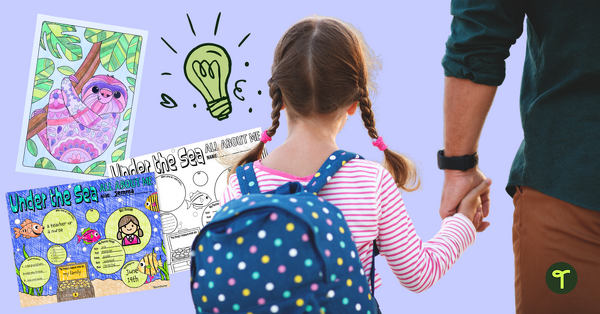
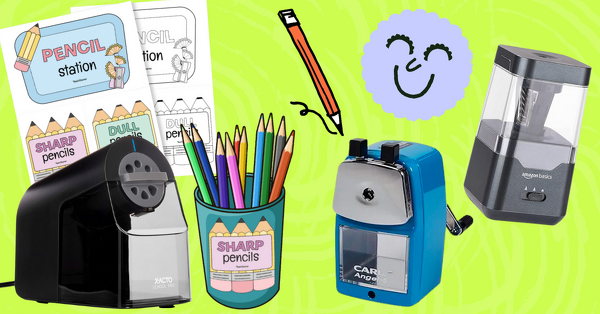
Comments